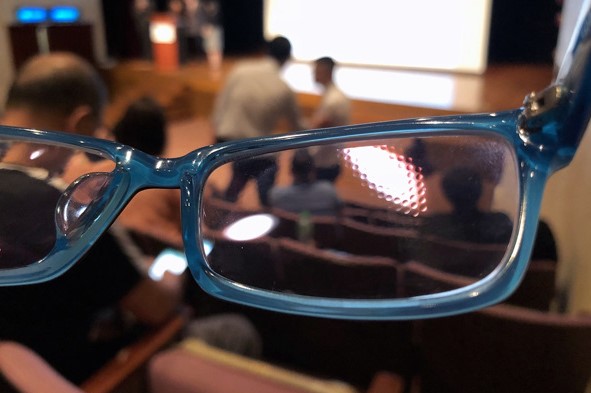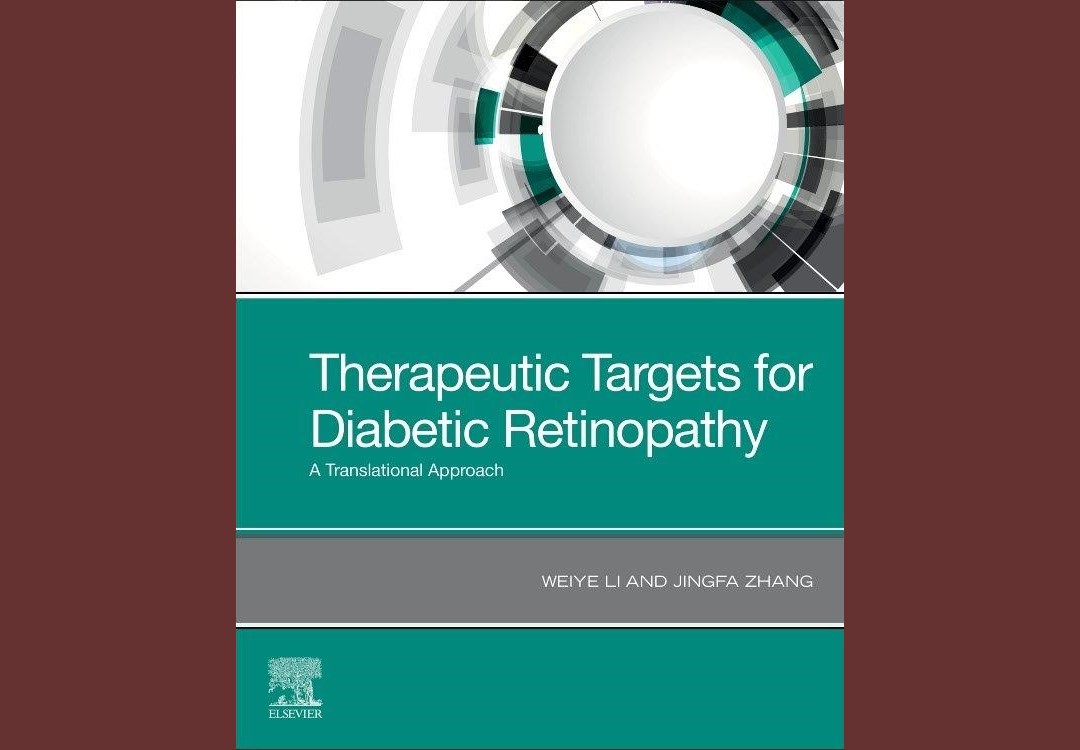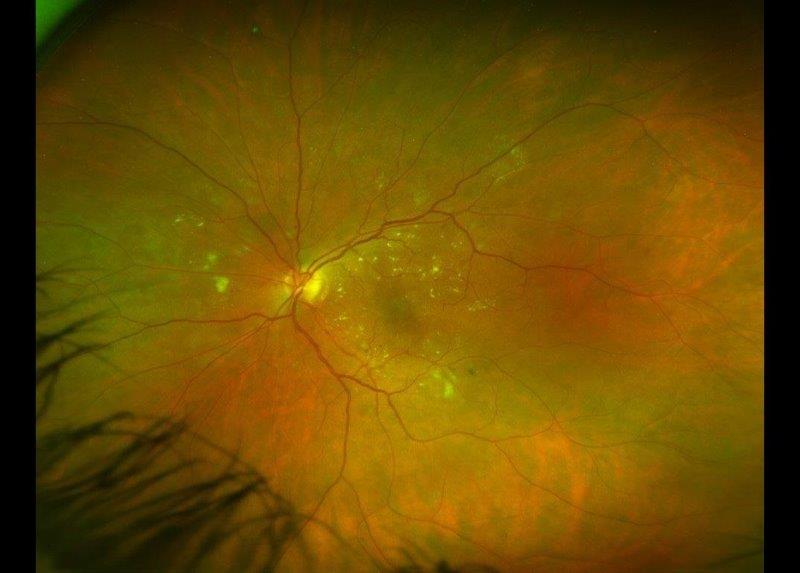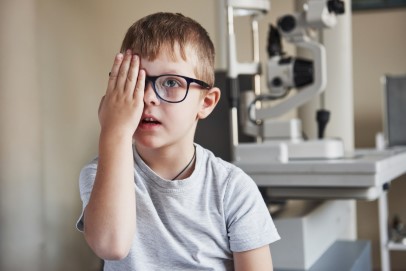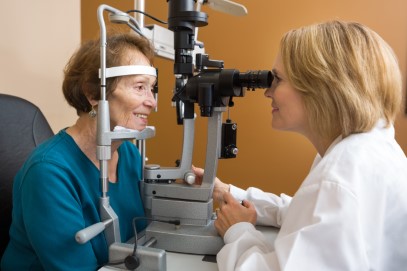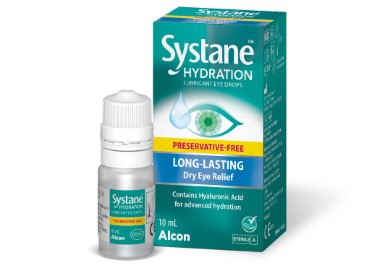Spectacles for myopia - the classic to the brand new
Glasses will remain a central aspect for the correction and management of myopic refractive error. They are well tolerated, easy to fit and minimally invasive. They are often the first option prescribed, particularly for young children. They are required as a back-up option in those who wear contact lenses and are needed for clear vision when using pharmacological treatment options. There are multiple spectacle lens options; from the classic single vision distance (SVD) lenses to complex new designs like the defocus incorporated multiple segments (DIMS) lenses.
SVD lenses give excellent distance clarity but have no useful efficacy for myopia control and, hence, are often used as the control group in studies. SVD lenses are the cheapest lens option, making them affordable for many people and therefore able to be updated more readily if changes in refractive error do occur. However, for controlling myopic progression, additional measures other than SVD lenses alone should be considered.
Bifocals have been investigated for decades around their potential to decrease myopia progression whilst providing distance clarity. It is hypothesised that they reduce accommodative demand or minimise any lag of accommodation, both of which can stimulate axial elongation of the eye. In the ‘80s, studies of bifocals showed limited or no efficacy1. In contrast, a recent study in Canada reported good efficacy, with a 35% reduction in axial length progression and a 50% reduction in dioptric change2. Children in this study were randomly allocated to a control group with SVD, a +1.50DS executive bifocal, or the same bifocal but with 3 base in prism incorporated into each eye to maintain near binocular position. Children with lower lags of accommodation responded better with the bifocal and prism combination, compared to the bifocal alone. Therefore, bifocals may have some potential benefit for myopia progression control in the right subset of the population. The bifocal segments should be fitted slightly high, 1-2mm below the pupil, and ideally with an executive segment to maximise the use of the addition portion of the lens, and to increase the area of the visual field affected by the add power.
Progressive addition lenses (PALs) have been extensively investigated, with the same underlying principle as bifocals. They have negligible impact on myopia progression when applied to all children with myopia. However, in children with esophoria and accommodative lag 30-40% efficacy has been reported3,4. A short corridor design is recommended so children can easily access the add portion of the lens. The majority of studies on PALs indicate statistical significance but not clinical significance5.
Specialised designs of lenses for myopia control using proprietary PAL-like designs have shown some efficacy in company studies, such as the Myopilux from Essilor which has recently made it to New Zealand shores but no current peer-reviewed literature is yet available. Another specialist myopia correction lens is the Zeiss Myovision lens, which uses a peripheral defocus to potentially decrease axial elongation, however, limited studies of efficacy are available6.
The most recent development in myopia control spectacles are Defocus Incorporated Multiple Segments (DIMS) lenses, which were developed at Hong Kong Polytechnic University. It uses the concept of simultaneous defocus, that is used in multifocal contact lenses for myopia control. DIMS have a central 10mm clear optical zone, which holds the full distance correction. The remainder of the lens is comprised of +3.50DS circular ‘lenslets’ with areas of full distance correction in between, giving the subtle appearance of golf ball dimples! They have been designed so that wherever a child looks in the lens, they experience 50% clear retinal focus, and 50% defocus from the addition lenslet. Early results indicate 50% refractive control and 60% axial length control in a two-year study 7. They are soon to be commercially available in New Zealand through Hoya and have already been released in parts of Asia.
Glasses remain a key aspect of myopia management in optometric and ophthalmic practice. Understanding efficacy of the latest developments as well as of the classic lenses is essential. Spectacles are not considered a first line treatment to control myopia progression but are often needed in conjunction with other treatments or as a first step as the progression rate of an individual is determined8. Future developments in lens options appear promising in this interesting field. If other more efficacious treatments such as orthokeratology, multifocal soft lenses or low-dose atropine are not suitable for your young patients, consider your spectacle options as even a small decrease in axial progression can be significant over time.
For myopia correction, as with all glasses in children, the frame fit and material of the lens must always be considered. Eyes should be centred in the frame both horizontally and vertically. The frame should follow the shape of the nose, have an appropriate temple length and temple bend to ensure a comfortable and stable fit. The lens material should have a high safety rating with high impact and shatter resistance. Working alongside a dispensing optician with the technical knowledge and skill to dispense appropriately to the paediatric and young adult population is an essential component to ensuring the maximum benefit of the lens options for myopia.
References
- Grosvenor TH, Perrigin DM, Perrigin JU, Maslovitz BE. Houston Myopia Control Study: a randomized clinical trial. Part II. Final report by the patient care team. American journal of optometry and physiological optics. 1987 Jul;64(7):482-98.
- Cheng D, Woo GC, Drobe B, Schmid KL. Effect of bifocal and prismatic bifocal spectacles on myopia progression in children: three-year results of a randomized clinical trial. JAMA ophthalmology. 2014 Mar 1;132(3):258-64.
- Gwiazda J, Hyman L, Hussein M, Everett D, Norton TT, Kurtz D, Leske MC, Manny R, Marsh-Tootle W, Scheiman M. A randomized clinical trial of progressive addition lenses versus single vision lenses on the progression of myopia in children. Invest Ophthalmol Vis Sci. 2003;44:1492-1500.
- Yang Z, Lan W, Ge J, Liu W, Chen X, Chen L, Yu M. The effectiveness of progressive addition lenses on the progression of myopia in Chinese children. Ophthal Physiol Opt. 2009;29:41-48
- Correction of Myopia Evaluation Trial 2 Study Group for the Pediatric Eye Disease Investigator Group. Progressive-addition lenses versus single-vision lenses for slowing progression of myopia in children with high accommodative lag and near esophoria. Investigative ophthalmology & visual science. 2011 Apr;52(5):2749.
- Kanda H, Oshika T, Hiraoka T, Hasebe S, Ohno-Matsui K, Ishiko S, Hieda O, Torii H, Varnas SR, Fujikado T. Effect of spectacle lenses designed to reduce relative peripheral hyperopia on myopia progression in Japanese children: a 2-year multicenter randomized controlled trial. Japanese journal of ophthalmology. 2018 Sep 1;62(5):537-43.
- Lam CSY, Tang WC, Tse DY, Lee RPK, Chun RKM, Hasegawa K, Qi H, Hatanaka T, To CH. Defocus Incorporated Multiple Segments (DIMS) spectacle lenses slow myopia progression: a 2-year randomised clinical trial. Br J Ophthalmol. 2019
- Gifford KL, Richdale K, Kang P, Aller TA, Lam CS, Liu YM, Michaud L, Mulder J, Orr JB, Rose KA, Saunders KJ. IMI–Clinical Management Guidelines Report. Investigative ophthalmology & visual science. 2019 Feb 28;60(3):M184-203.
Dr Samantha Simkin is a therapeutically qualified optometrist, a member of the BLENNZ National Assessment Team and the Stevenson post-doctoral research fellow at the University of Auckland.










